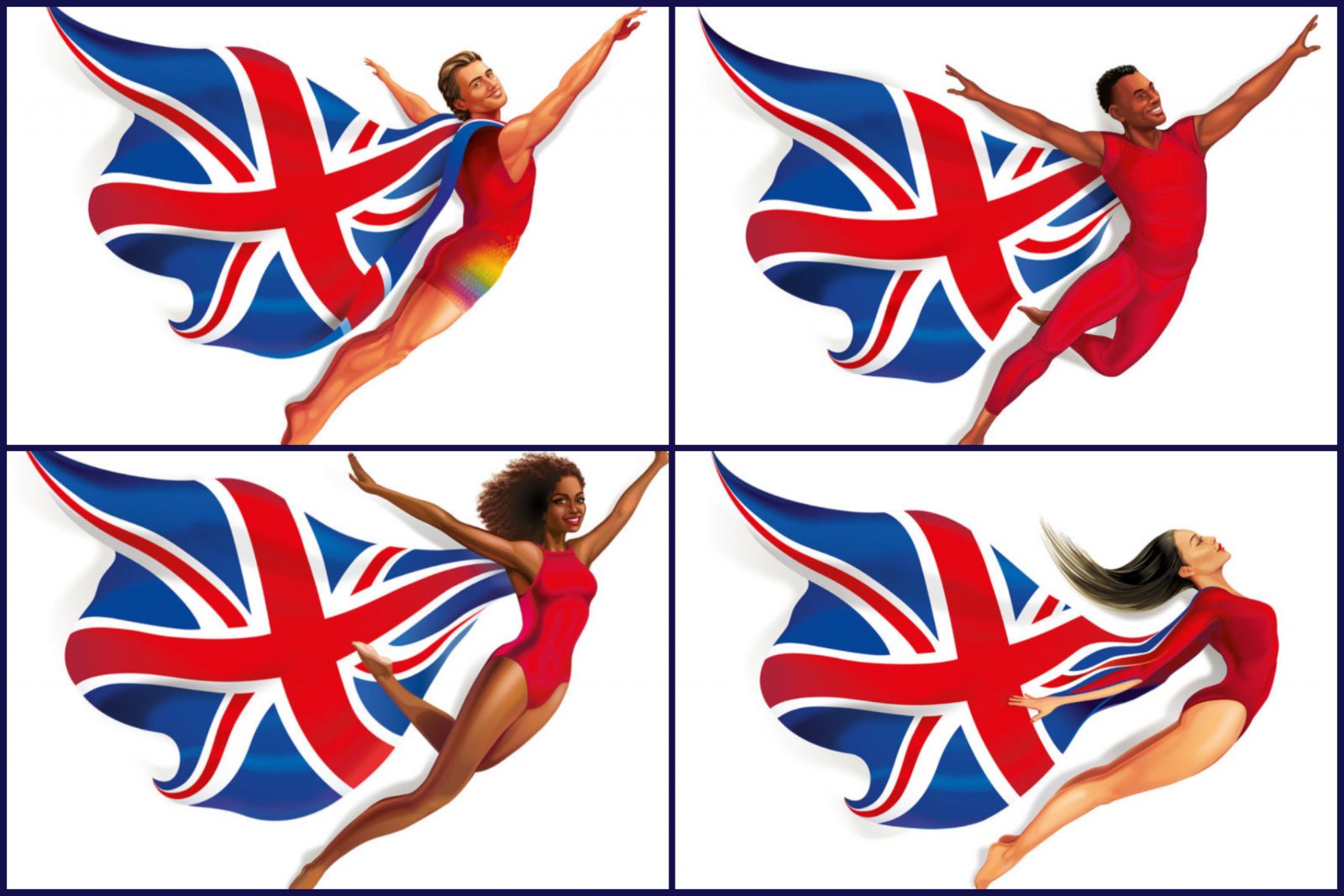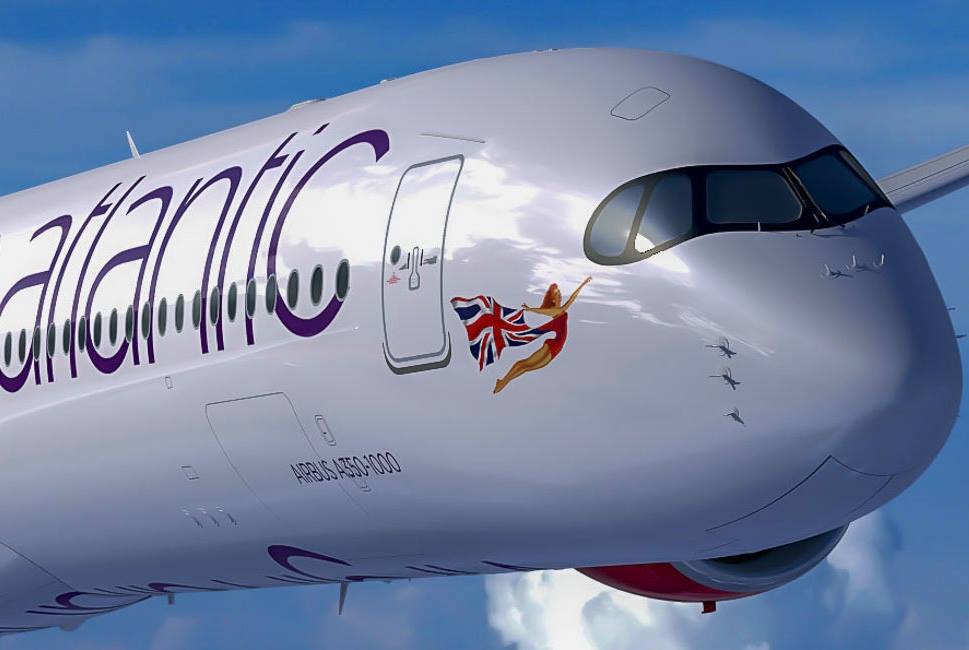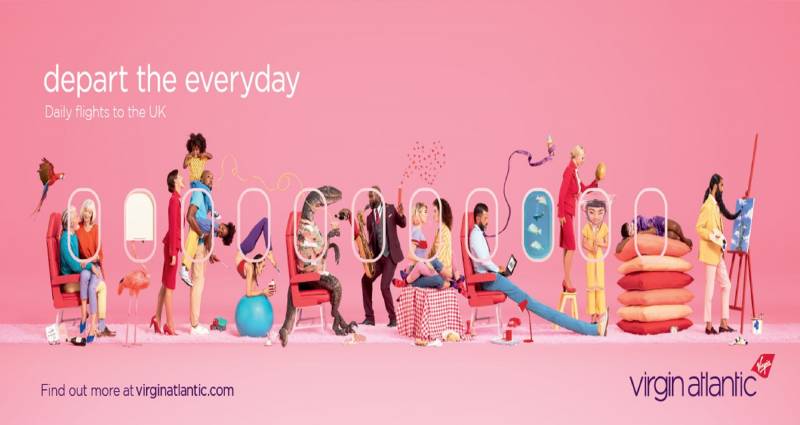
Virgin Atlantic has adorned the noses of its aircraft with its cheeky ‘Flying Ladies’ artwork for years and the planes themselves have equally cheeky names to go with each bespoke Flying Lady. For example, one Airbus A340-600 was renamed Sleeping Beauty Rejuvenated because Virgin Atlantic had to bring the retired plane out of retirement due to problems with its Boeing 787 Dreamliners.

Another plane is called ‘Birthday Girl’ to celebrate the airline’s 30th birthday and features a Flying Lady holding a champagne flute to toast the event. The original Flying Lady was called Varga Girl because it was based on illustrations by Peruvian artist Alberto Vargas whose work also inspired a lot of aircraft nose art that decorated military planes during World War II.
While the Flying Ladies have gone through a lot of changes over the years (with the flag changing from the Virgin logo to the Union flag in order to become Britain’s flag carrier at protest of a livery change at British Airways) there’s always been one constant – they are always female and they are always wearing skimpy swimwear.
It might never have been intentional but the Flying Ladies do sure look like their sexualising women. In an industry that faces a lot of criticism for sexism, gender discrimination and which still has a massive gender pay gap that’s not such a hot look.
Thankfully, Virgin Atlantic has got the memo and is about to bid farewell to the Flying Lady. But it’s not the end of the cheeky nose art – instead, the airline is introducing a new set of five ‘Flying Icons’ that represent modern Britain and actually reflect Virgin’s diverse staff and passengers.
The Flying Icons – two women and two men – will be rolled out on Virgin’s four new Airbus A350’s that are set to be delivered to the airline later this year. Virgin admits its a bold move that represents a “big change” for the airline.
It comes as Virgin pledges to tackle its gender pay gap and increase diversity and inclusion across the business. The airline says it’s aiming for a 50:50 gender balance in leadership roles by 2022, as well as having black, Asian and minority ethnic groups representing at least 12% of its workforce.
“The saying goes ‘You can’t be what you can’t see’ and that has never been truer than the aviation industry’s glamorous image in the past,” comments Nikki Humphrey, Virgin’s senior vice president of people.
“By introducing our new Flying Icons I hope it encourages people from all backgrounds to feel at home flying with us, but also working with us,” she continued.

Virgin recently made headlines when it announced it would no longer force female cabin crew to wear makeup. The airline also said it will now issue trousers (as well as a skirt) as standard to female cabin crew and in addition, men are permitted to wear makeup if they choose.
The airline said it was part of an effort to allow its employees to show their individuality. Virgin also says it has become the first company to show a same-sex couple in its ‘Depart the Everyday’ adverts in India.
Virgin Atlantic is making great strides in finally breaking down old fashioned sterotypes of what an airline is meant to be and represent. Let’s hope other airlines jump on the bandwagon…
Mateusz Maszczynski honed his skills as an international flight attendant at the most prominent airline in the Middle East and has been flying ever since... most recently for a well known European airline. Matt is passionate about the aviation industry and has become an expert in passenger experience and human-centric stories. Always keeping an ear close to the ground, Matt's industry insights, analysis and news coverage is frequently relied upon by some of the biggest names in journalism.







